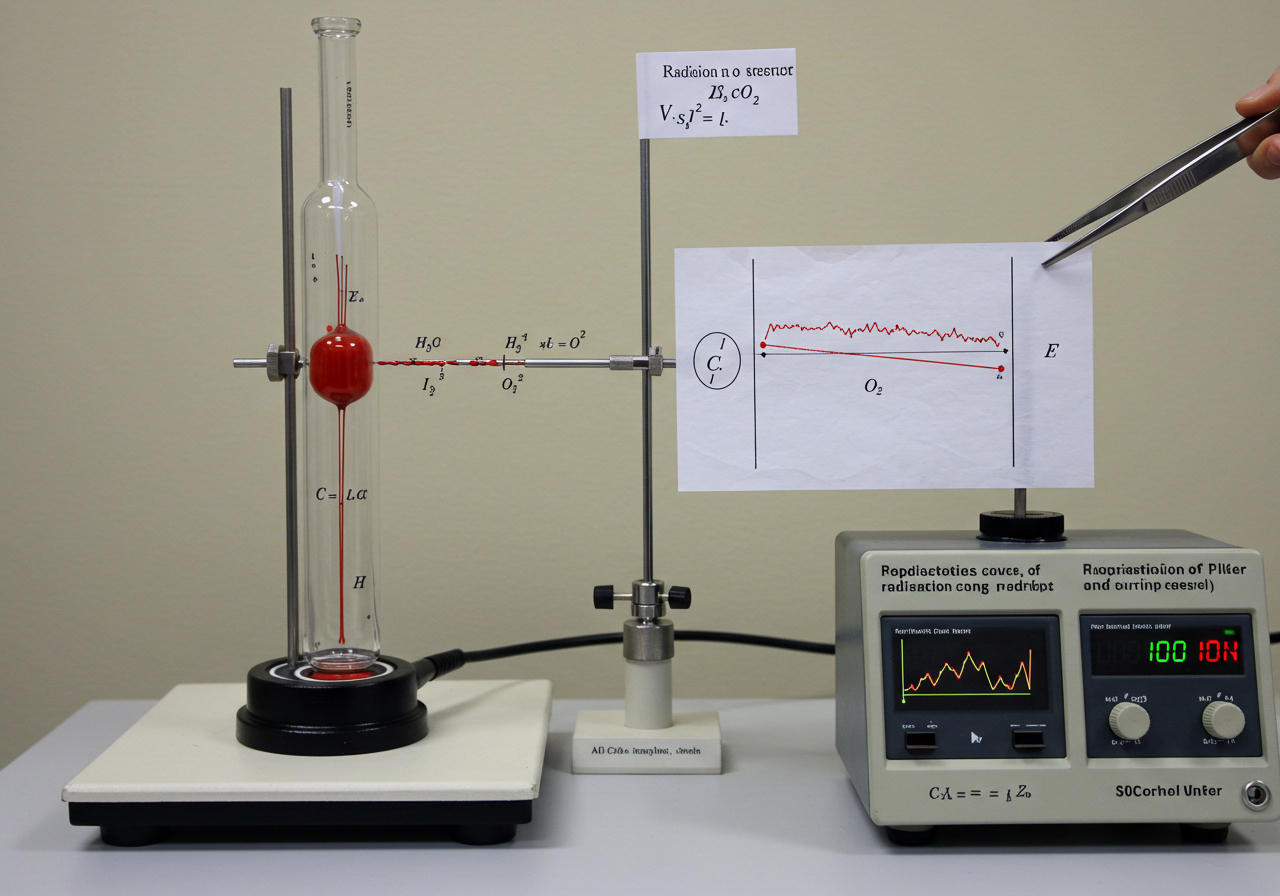How Paper Can Stop Radiation

Radiation Isn’t Always What You Think
Radiation often sounds terrifying — and for good reason. But did you know that one type of radiation is so weak it can be stopped by something as thin as a piece of paper? That’s one of the most surprising weird science discoveries when learning about atomic energy and radiation safety.
Understanding the Types of Radiation
Radiation comes in several forms, the most common being alpha particles, beta particles, and gamma rays. Each has its own behavior, energy level, and danger potential. Alpha particles are the weakest in terms of penetration but can be dangerous if inhaled or ingested. Beta particles can travel a few millimeters into skin. Gamma rays are the most penetrating and require thick shielding like lead or concrete.
How Can Paper Stop Radiation?
Alpha particles are essentially helium nuclei — two protons and two neutrons. They’re relatively massive and carry a double positive charge. Because of this, they collide easily with other atoms and lose energy quickly. A single sheet of paper — or even your outer layer of skin — is enough to stop them.
If paper can block invisible energy… what forces might be shaping your path without you noticing?
🌕 Discover What the Moon Says About You
What if the moon could reveal hidden truths about your personality, strengths, and life path? Moon Reading offers a personalized, interactive astrology reading based on your birth date and lunar position. It’s shockingly accurate — and incredibly popular.
🌌 Get Your Free Moon ReadingWhy This Matters
In medical, industrial, and nuclear settings, knowing which materials block which types of radiation is crucial. Paper may seem flimsy, but in labs dealing with alpha emitters, it serves as an effective barrier. This principle is part of what we call radiation protection basics.
Everyday Exposure vs. Dangerous Exposure
We’re surrounded by background radiation daily — from the sun, soil, and even bananas (as we explored in Why Bananas Are Naturally Radioactive). But not all exposure is harmful. Alpha particles outside your body pose no threat. It’s internal exposure — like inhaling radioactive dust — that becomes dangerous.
The Practical Applications
Understanding how simple materials interact with radiation has helped shape everything from lab safety protocols to space travel shielding. For alpha sources like radon gas, containment and airflow are more important than heavy shielding. Meanwhile, gamma radiation requires lead-lined walls — proving not all radiation is created equal.
Want More Atomic Curiosities?
If you’re fascinated by the invisible world of particles, read our post on Why Some Flowers Smell Good and Others Don’t to discover how tiny molecules create powerful sensations — from perfume to decay.
External Scientific Sources
For a deeper dive into how different materials interact with various radiation types, check out this fact sheet from the U.S. Nuclear Regulatory Commission, which explains the fundamentals of radiation in daily life and lab settings.
Final Thoughts
The idea that a fragile sheet of paper can stop radiation may sound strange — but it’s true. It’s a reminder that in science, things aren’t always as dangerous as they seem… until they’re inside your body.
Did this fact change how you think about radiation? Share your thoughts (or your favorite science myth) in the comments!
Want to uncover the secrets of the moon and the cosmos?
What if the moon could reveal hidden truths about your personality, strengths, and life path? Moon Reading offers a personalized, interactive astrology reading based on your birth date and lunar position. It’s shockingly accurate — and incredibly popular.
Find out more ➜ 🌕 Discover What the Moon Says About You
📌 Original Content Notice: This article was originally published on Daily Fact Drop – Your Daily Dose of Mind-Blowing Facts. All rights reserved.
Copying, reproducing, or republishing this content without written permission is strictly prohibited. Our editorial team uses factual research and original writing to bring unique curiosities to our readers every day.